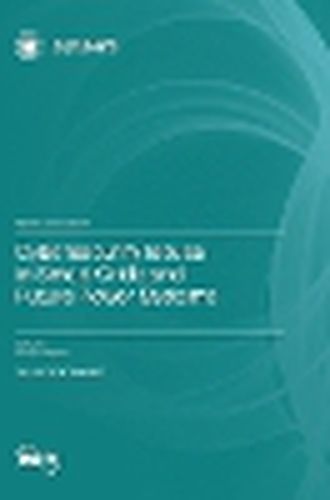Readings Newsletter
Become a Readings Member to make your shopping experience even easier.
Sign in or sign up for free!
You’re not far away from qualifying for FREE standard shipping within Australia
You’ve qualified for FREE standard shipping within Australia
The cart is loading…






This title is printed to order. This book may have been self-published. If so, we cannot guarantee the quality of the content. In the main most books will have gone through the editing process however some may not. We therefore suggest that you be aware of this before ordering this book. If in doubt check either the author or publisher’s details as we are unable to accept any returns unless they are faulty. Please contact us if you have any questions.
There has been an increased interest in renewable energy sources in the last few decades. Modern power systems rely mainly on power electronic-based generation and loads, leading to the adoption of smart grids that leverage digital communication infrastructure. Smart grids have several advantages, including the potential to provide consumers with a continuous power supply, reduced line losses, enhanced renewable output and storage, consumer participation in electricity markets, and demand-side responsiveness. Future power systems, also known as smart grids, will rely more on renewable energy sources, such as solar and wind, as well as storage. Power electronic converters are used in renewable energy generation and storage. Each converter/inverter manufacturer has an algorithm for programming and optimizing hardware. Furthermore, these converters rely on communication protocols to respond to any signal from the system operator. As a result, cyber-attacks on these smart converters/inverters are a concern. Although numerous cyber-physical systems (CPS) have been presented, no universal CPS standard can be employed with various types of converters. This reprint is a collection of specialized work addressing cybersecurity challenges.
$9.00 standard shipping within Australia
FREE standard shipping within Australia for orders over $100.00
Express & International shipping calculated at checkout
This title is printed to order. This book may have been self-published. If so, we cannot guarantee the quality of the content. In the main most books will have gone through the editing process however some may not. We therefore suggest that you be aware of this before ordering this book. If in doubt check either the author or publisher’s details as we are unable to accept any returns unless they are faulty. Please contact us if you have any questions.
There has been an increased interest in renewable energy sources in the last few decades. Modern power systems rely mainly on power electronic-based generation and loads, leading to the adoption of smart grids that leverage digital communication infrastructure. Smart grids have several advantages, including the potential to provide consumers with a continuous power supply, reduced line losses, enhanced renewable output and storage, consumer participation in electricity markets, and demand-side responsiveness. Future power systems, also known as smart grids, will rely more on renewable energy sources, such as solar and wind, as well as storage. Power electronic converters are used in renewable energy generation and storage. Each converter/inverter manufacturer has an algorithm for programming and optimizing hardware. Furthermore, these converters rely on communication protocols to respond to any signal from the system operator. As a result, cyber-attacks on these smart converters/inverters are a concern. Although numerous cyber-physical systems (CPS) have been presented, no universal CPS standard can be employed with various types of converters. This reprint is a collection of specialized work addressing cybersecurity challenges.